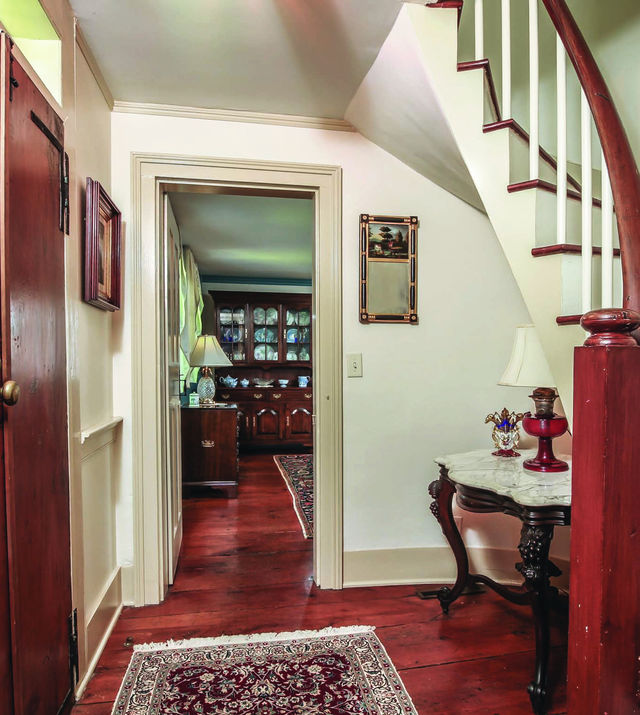


Historic properties attract potential buyers with their unique architecture, charm, and character. Former schools, meeting houses, stores, restaurants, and family homesteads are a link to a community’s past and a bridge to its future. When entertaining the thought of purchasing a historic property - whether you decide to restore, rehabilitate, or repurpose the property - it is important to respect the original architect’s vision and the property’s historic significance.
To help set your project goals, you will have to decide what level of purist you want to be. Restoring a property includes accurately depicting and sustaining the existing form, features, and character of a historic structure as it appeared during a particular time period. This entails using as many original materials and techniques as possible. The budget will be significant and the timeline substantial.
If rehabilitating a property is the project goal, this involves making a compatible use for a historic structure through repair, alterations, and additions while preserving those portions that convey its historical, cultural, and architectural values.
Repurposing or adaptive re-use describes using a structure (or landscape) for something other than its historic use, which generally entails some level of modification.
With any renovation project, it is important to determine if the idea is feasible.
I. Conditions Assessment – existing building and site layout.
Building – two most important factors.
Foundation – dry, no pest infestations.
Roof – no water leakage If foundation and roof are in good condition, project has a good success rate.
If foundation and roof are in good condition, project has a good success rate.
Site Layout - Parcel size, setbacks.
II. Mechanical and Electrical Systems
Electrical: Wiring - safety is the primary concern; is wiring exposed?; wiring must be brought up to code.
Mechanical: Upgraded and up to code; there are compact units than can be adapted to fit in smaller spaces of historic properties.
III. Exterior Building Envelope
Energy Conservation / Insulation: Older homes generally have no insulation or water barrier.
Two approaches:
Siding: Authentic materials wood v. vinyl, cedar shingles v. aluminum siding.
Windows and Doors: Character-defining features of a historic structure; effort should be made to determine their authenticity, and to refurbish when possible.
IV. Local Historical Society
Research property’s historical significance.
Towns have checklists of dos & don’ts on historical properties.
Design & Plans: Assemble a team of professional designers, architects, landscape architects who have experience with historical renovation projects to oversee the project.
Permitting: A design professional will likely engage an engineering firm to guide the project through local historic commission and conservation.
Bidding: With project approval in place, invite contractors to bid on the project.
Construction: Construction begins under the direction of the general contractor with possible oversight and administration by an engineering firm.
If you are considering buying or restoring a historical home or other structure, we will be happy to help you navigate the process! Please contact us for a free consultation!